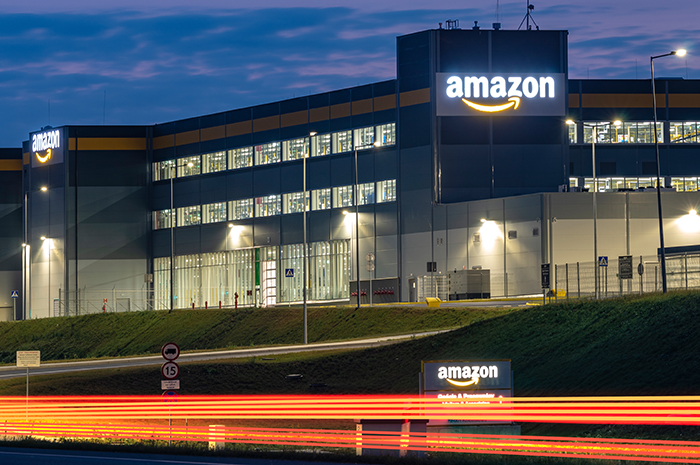According to logistics experts, Amazon.com Inc. appears to be fine-tuning its distribution strategy as it halts its warehouse development across the U.S., consolidates operations in some regions, and scales back growth ambitions in secondary markets.
The e-commerce powerhouse has canceled, closed, and delayed services at every stage of its order fulfillment process when it first announced this month that it was having to stop its ambitious U.S. logistics growth while continuing to progress forward with sizable distribution centers that channel goods into its home-delivery network. According to information from the supply-chain consulting firm MWPVL International Inc., as of this week, 66 delivery stations, fulfillment centers, and other facilities were supposed to open but were either canceled, postponed, or shut down by Amazon.
According to Marc Wulfraat, founder and president of MWPVL, “14 of the 15 buildings that Amazon has closed down were delivery stations, the smaller facilities where its company prepares purchases online for delivery to clients’ homes.”
The majority of those locations, according to him, were in areas where the company has numerous facilities close to one another, suggesting that Amazon may focus its operations in fewer stations. Ten of Amazon’s 25 projects were larger shipping centers expected to be built in places like Louisville, Kentucky, Greensboro, North Carolina, and Kansas City, Missouri, according to MWPVL figures.
We often require more cash, according to Mr. Wulfraat, so the decision was made to halt the project to save money and lower operational costs.
According to an Amazon official, the company takes some factors into account when deciding where to create new facilities and where it will keep current ones.
The representative stated that in addition to closing down a few of our outdated locations, we are also creating new locations and updating a few of our facilities.
Amazon has continued to invest in its logistics strategy. The company revealed on Friday that it has acquired D. Cloostermans-Huwaert NV, a company based in Belgium that creates technology to regulate how robots operate around warehouses. Since investing $775 million in Kiva Systems Inc. in 2012, Amazon has made a few steps toward warehouse automation. This acquisition is the most recent.

During the epidemic, Amazon accelerated the expansion of its logistics as e-commerce demand soared. The company invested in vehicles and vans built distribution centers covering millions of square feet and recruited tens of thousands of employees to help fulfill demand. MWPVL claims that by May 2022, the warehouse’s footprint has grown from the 165 million square feet it had before the outbreak to 379 million square feet.
Amazon’s CEO, Andy Jassy, recently asserted that the company has expanded its logistics network, which had developed over 25 years, in just 24 months.
More lately, as Americans’ wallets begin to feel the consequences of high inflation and return to in-person shopping, the growth of e-commerce has slowed. Many companies are revising their logistics plans in reaction to the fall in internet sales demand and broader signals of an economic downturn, as per Jason Tolliver, executive general manager of logistics and industrial for the real estate services company Cushman & Wakefield.
According to Mr. Tolliver, in an environment of complexity and rising expenses, the business’s answer to that is to halt because the cost of a mistake increases. Construction is also being done on many new warehouses, including more of the company’s massive distribution centers from which it sends parcels in bulk to facilities at the mid and last distances.
According to Mr. Wulfraat, if building a new structure has financial benefits, Amazon will remain on its current course.
